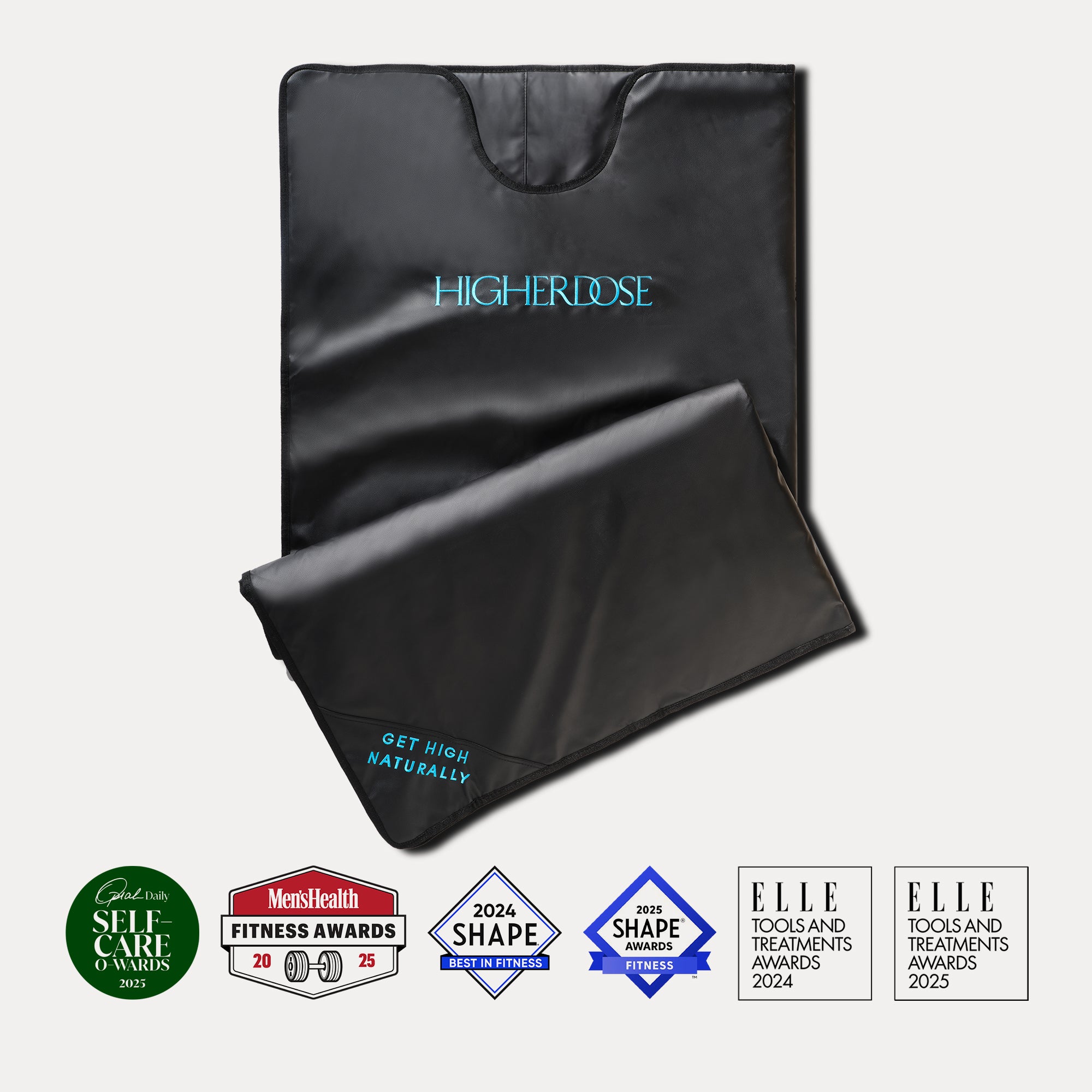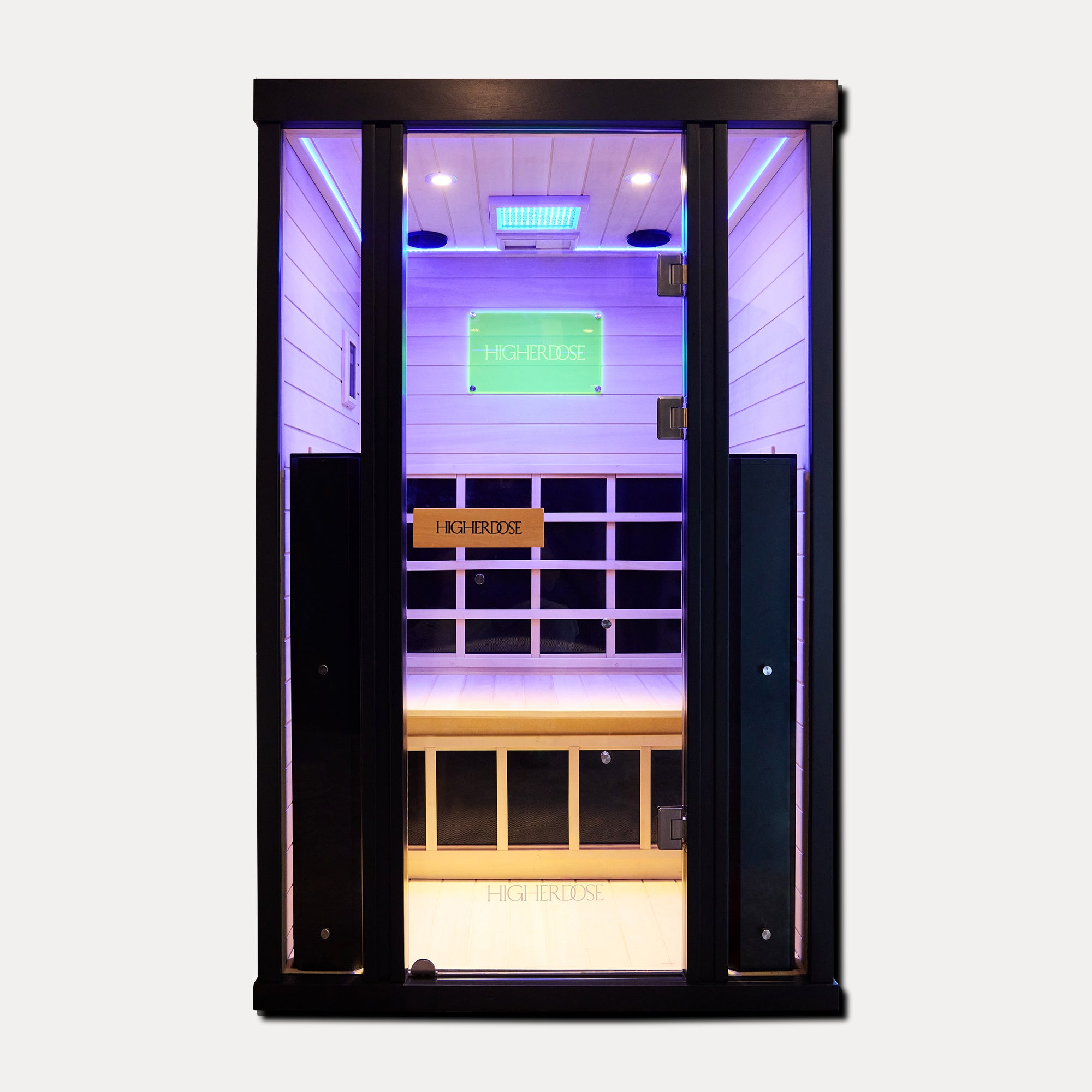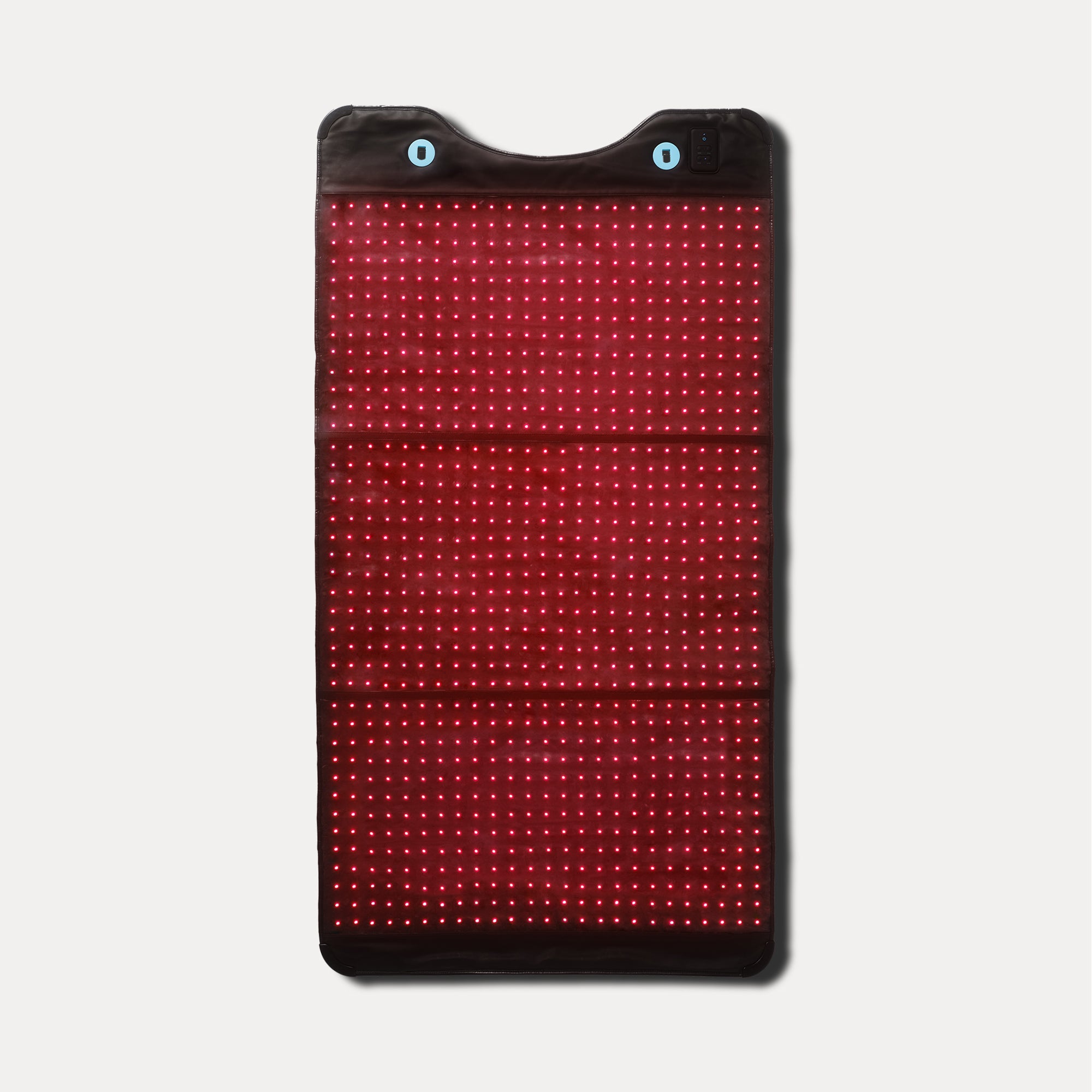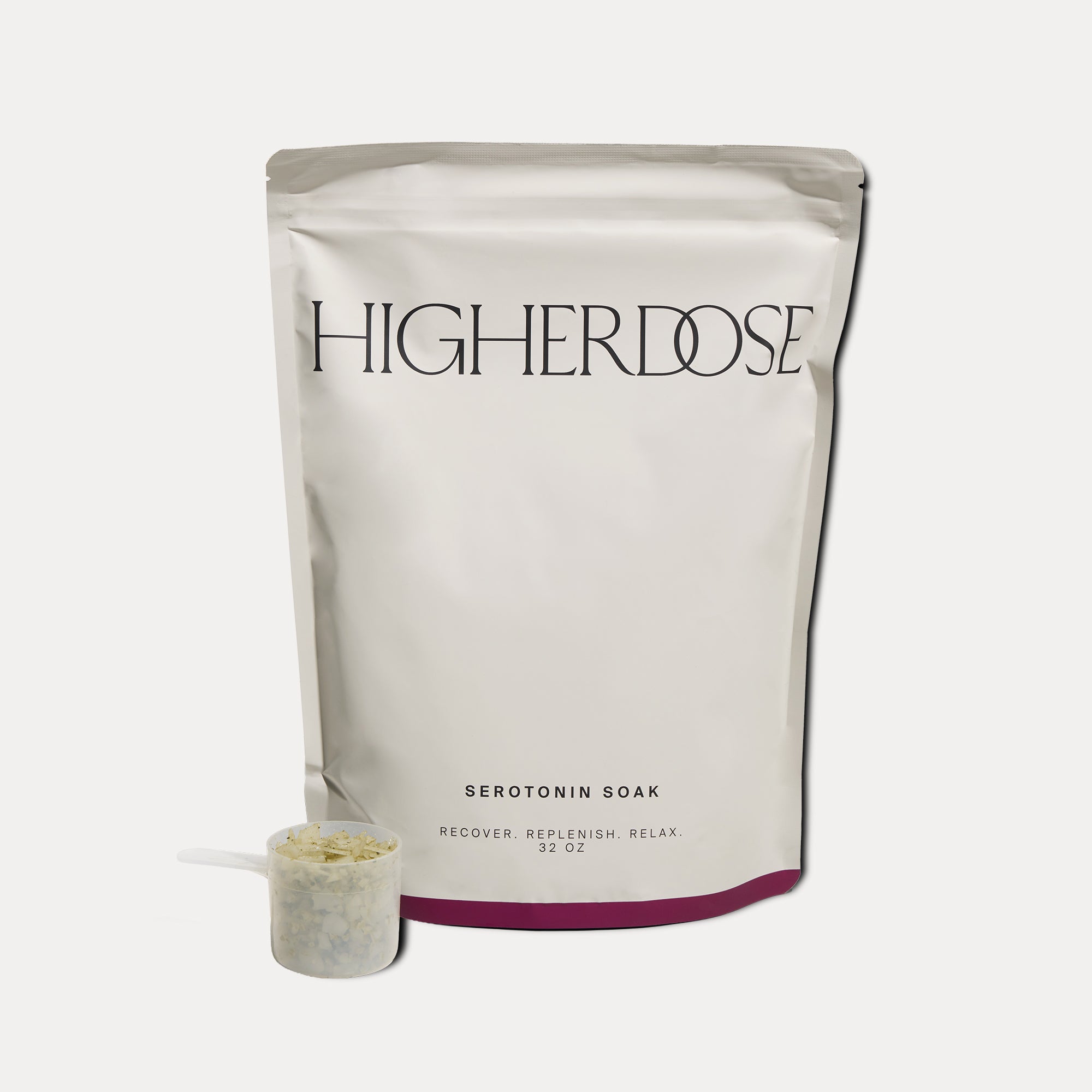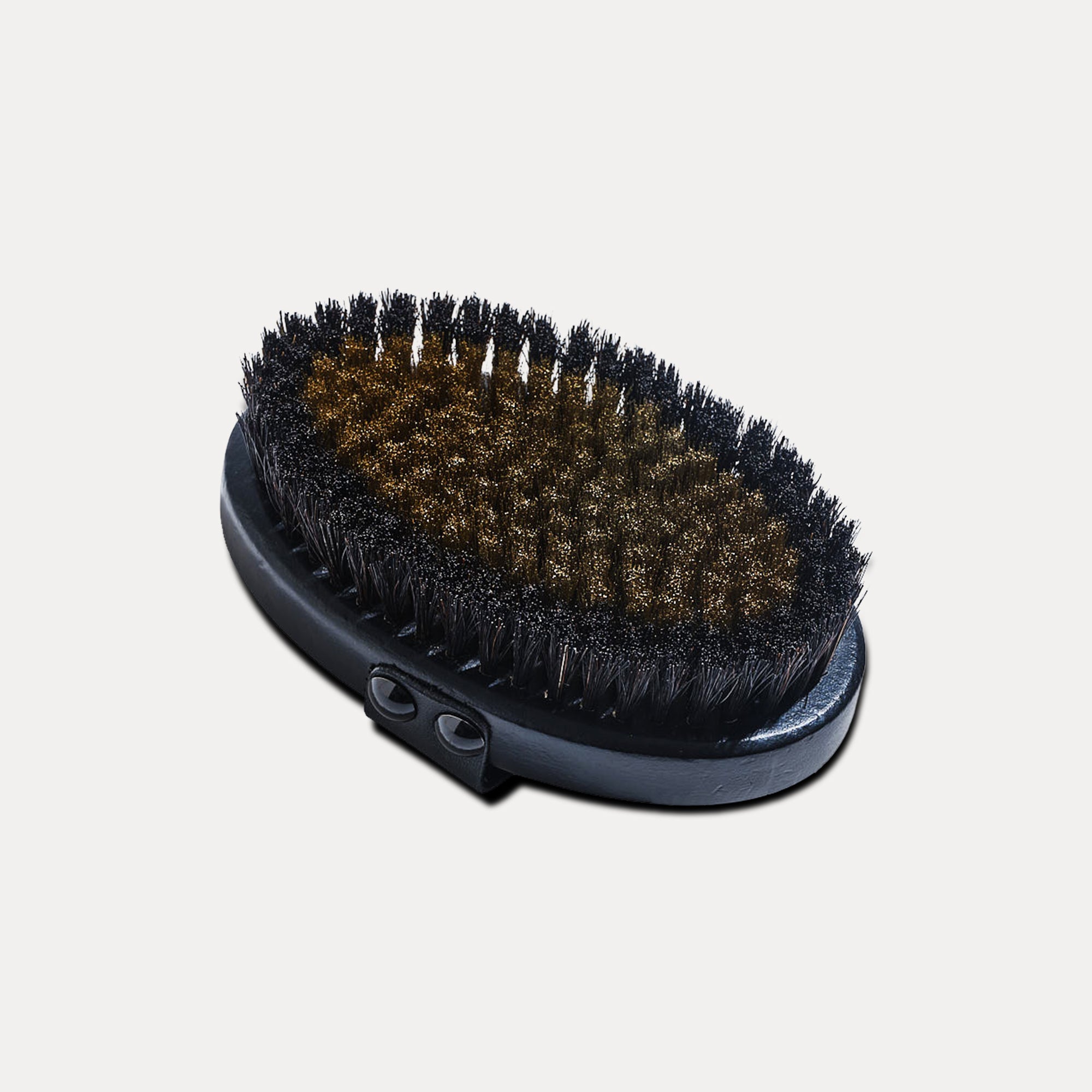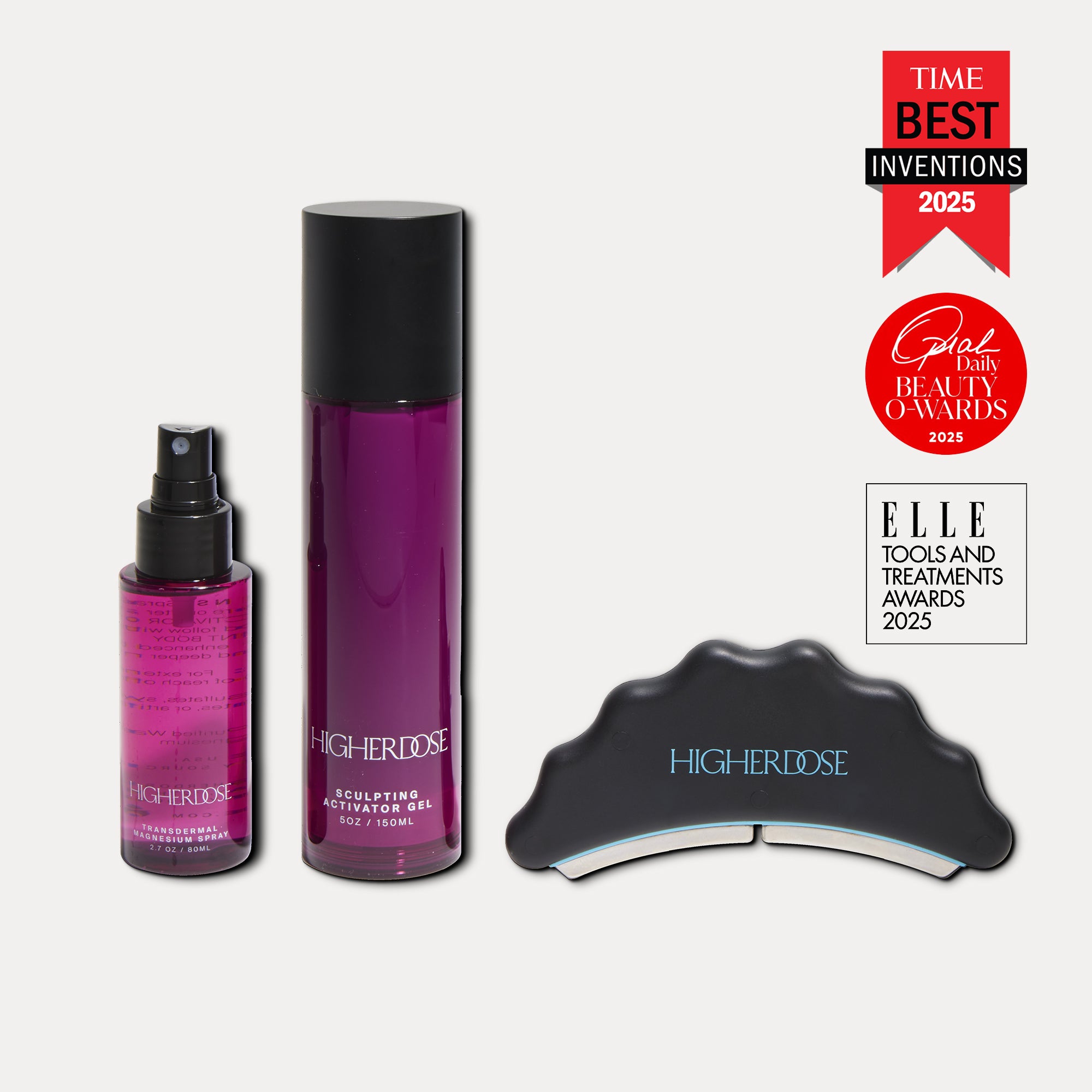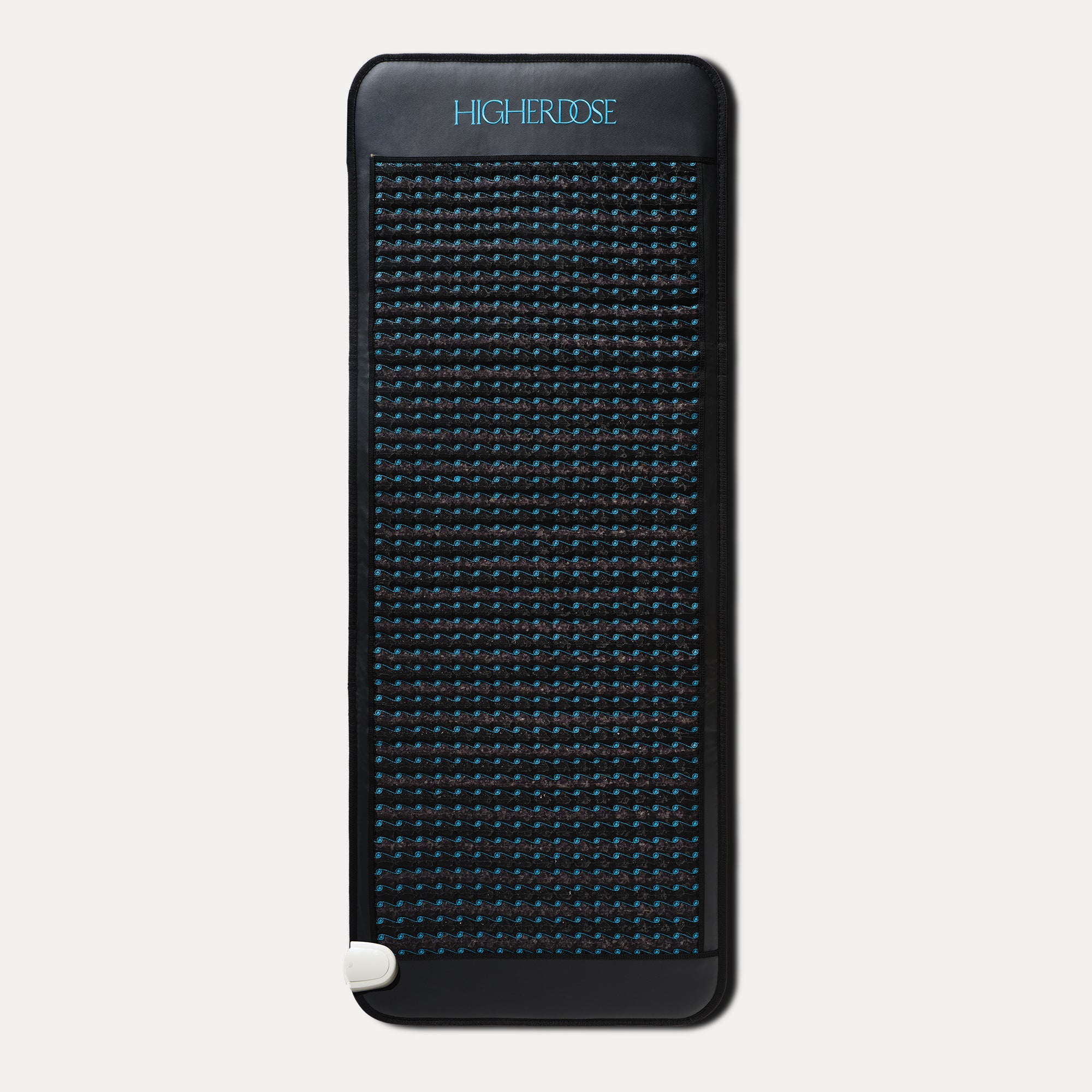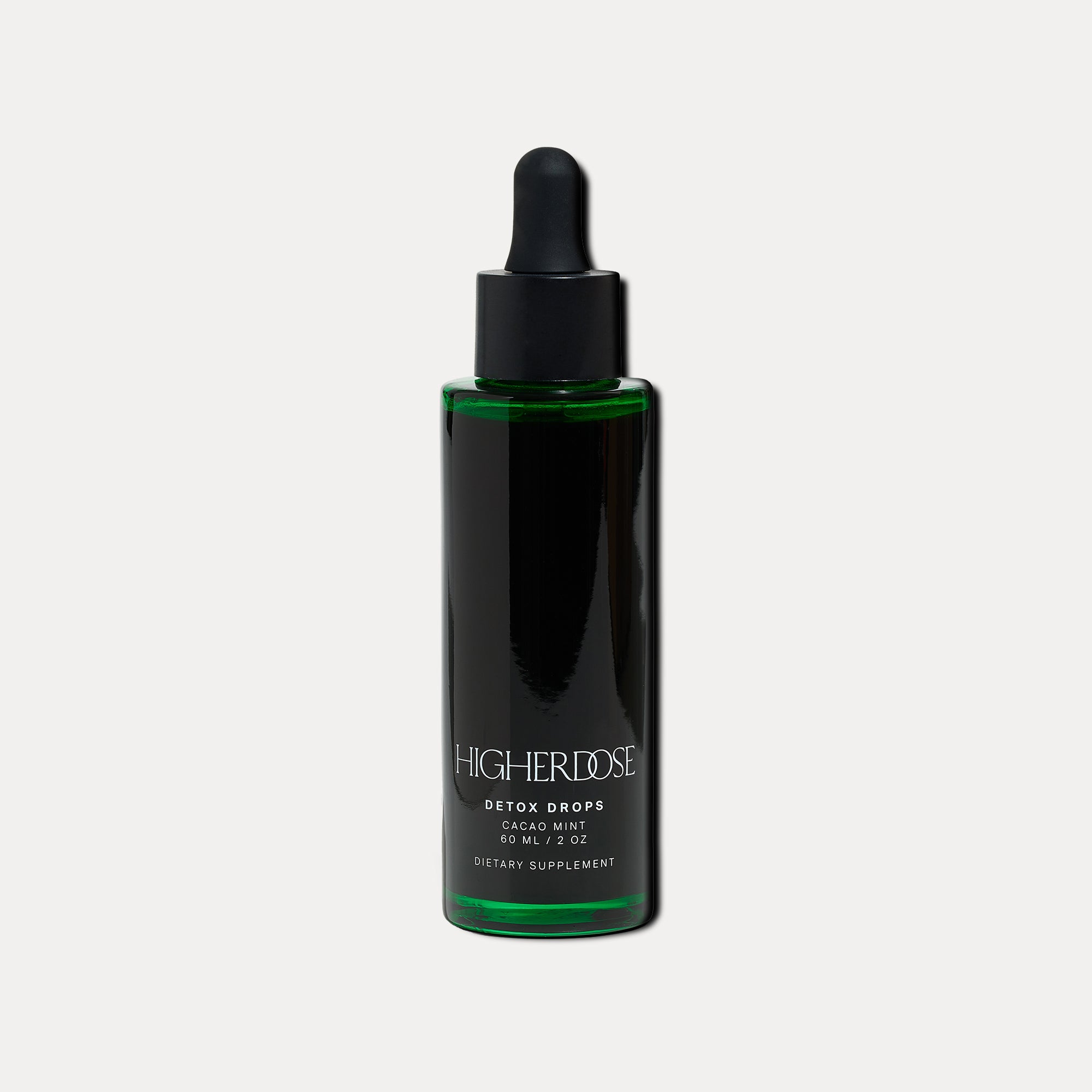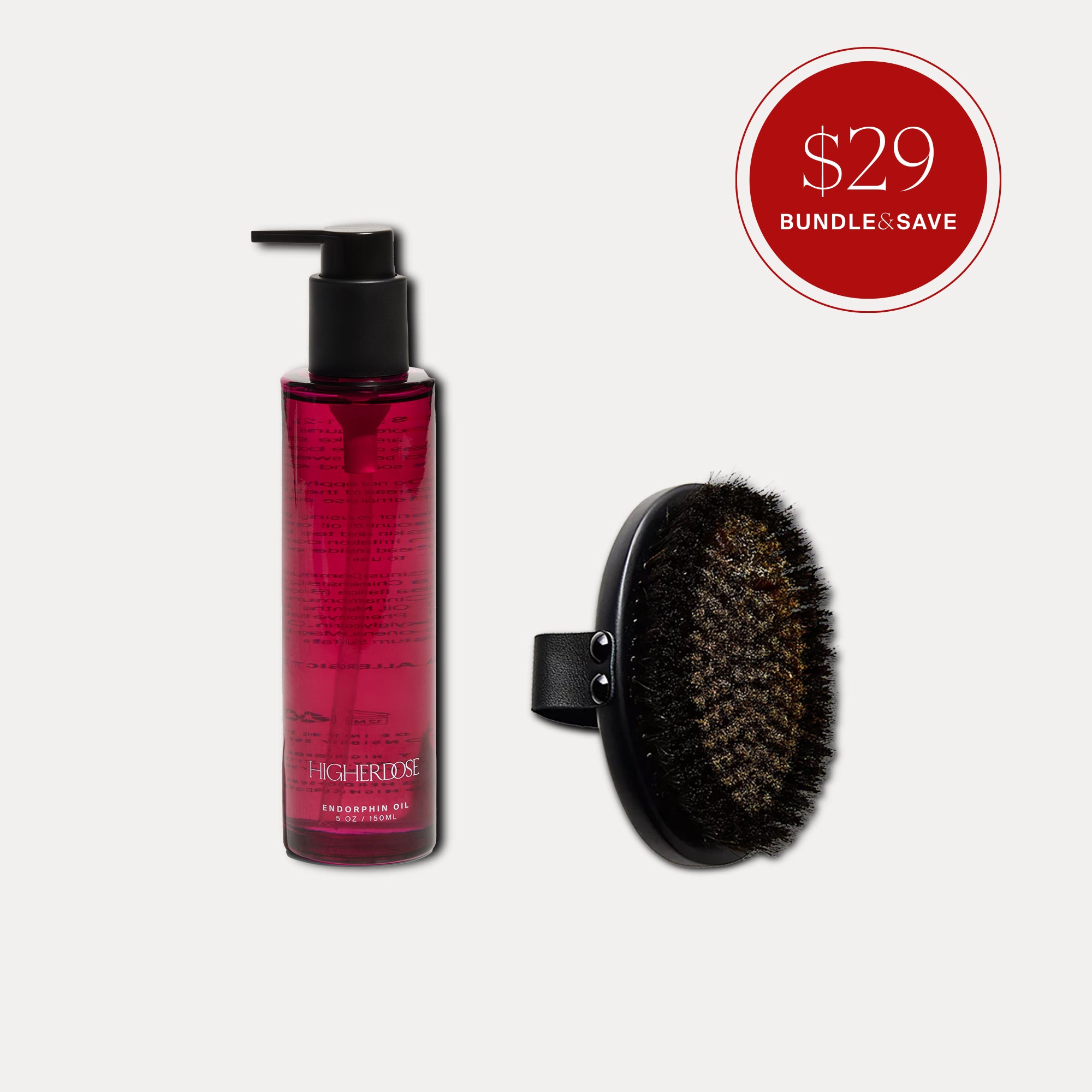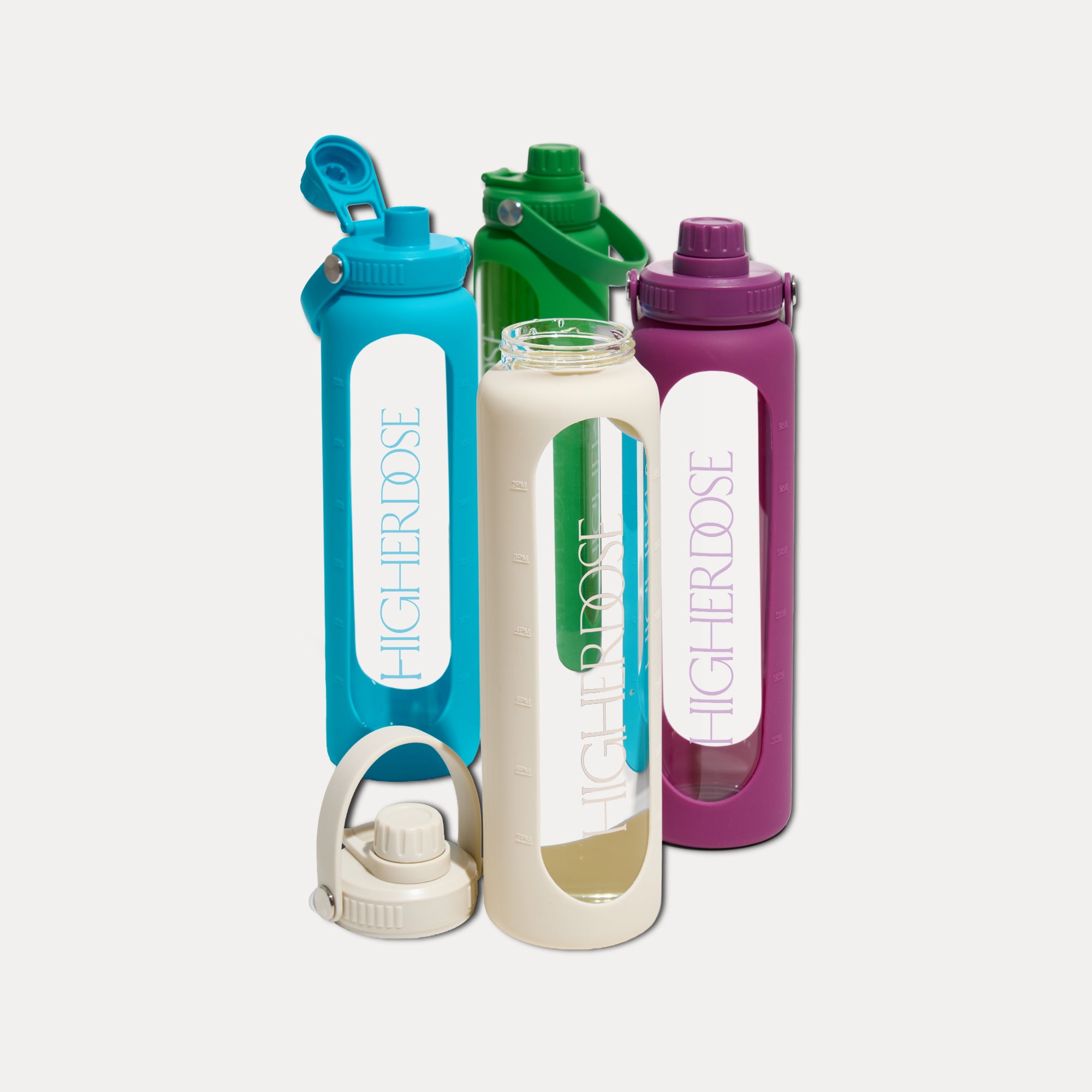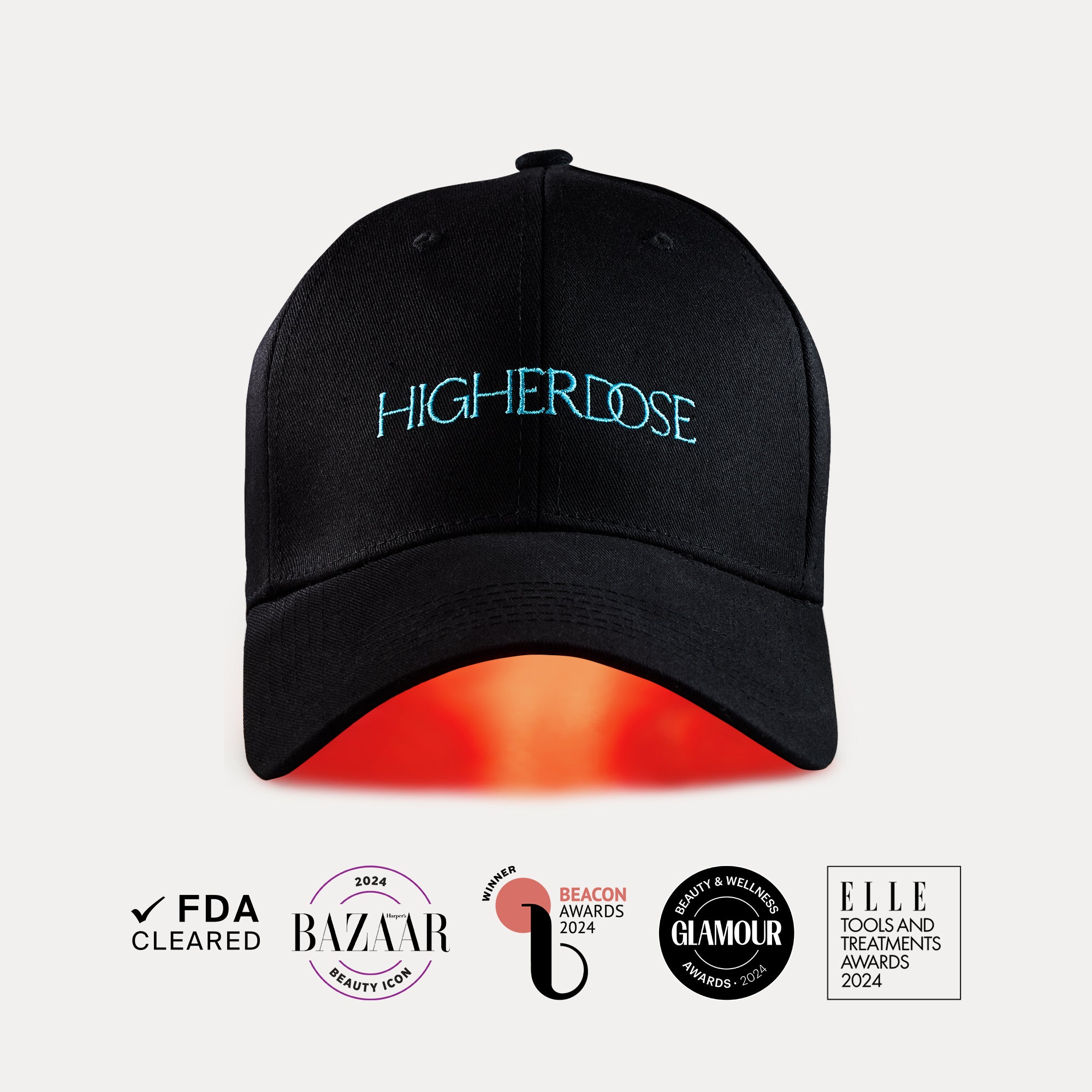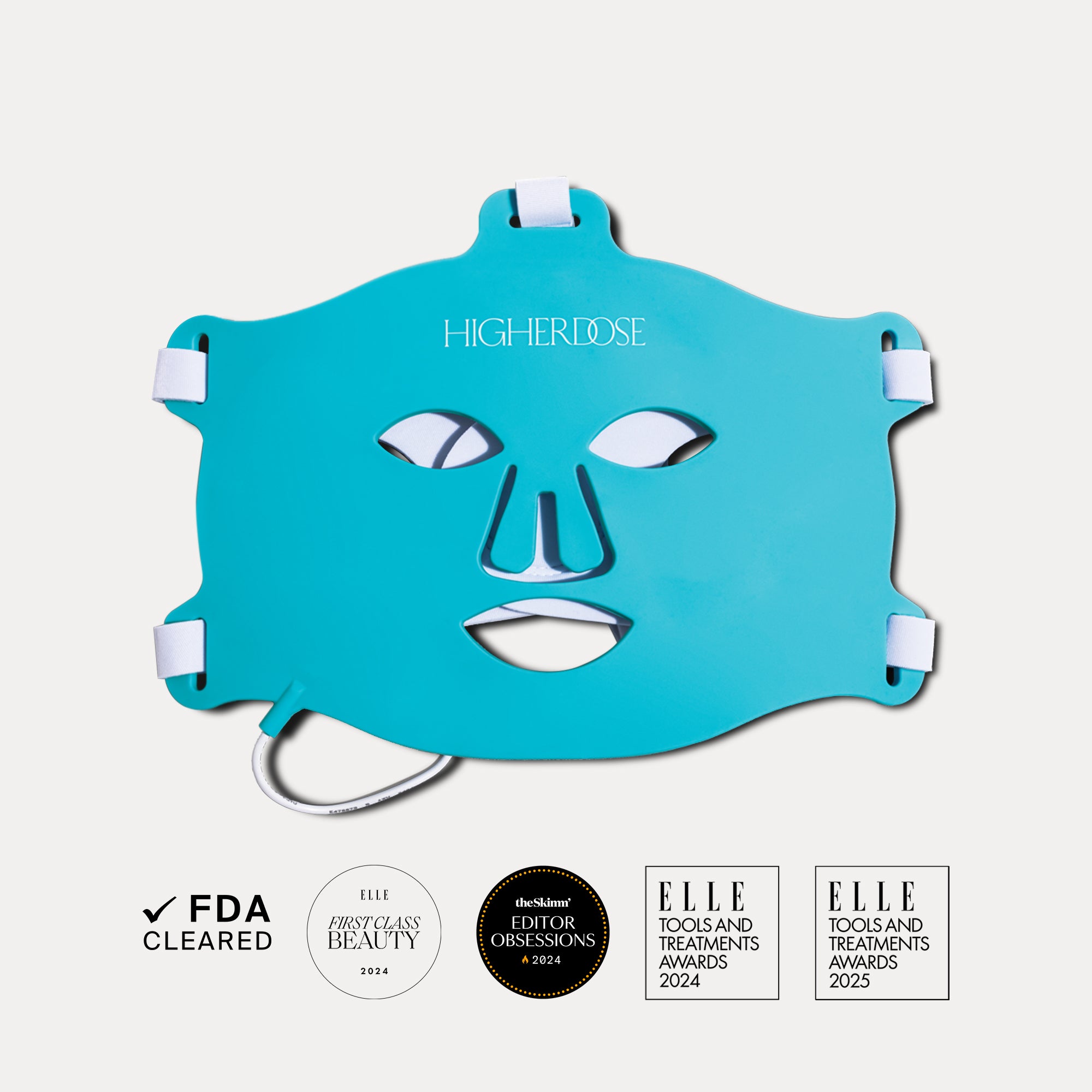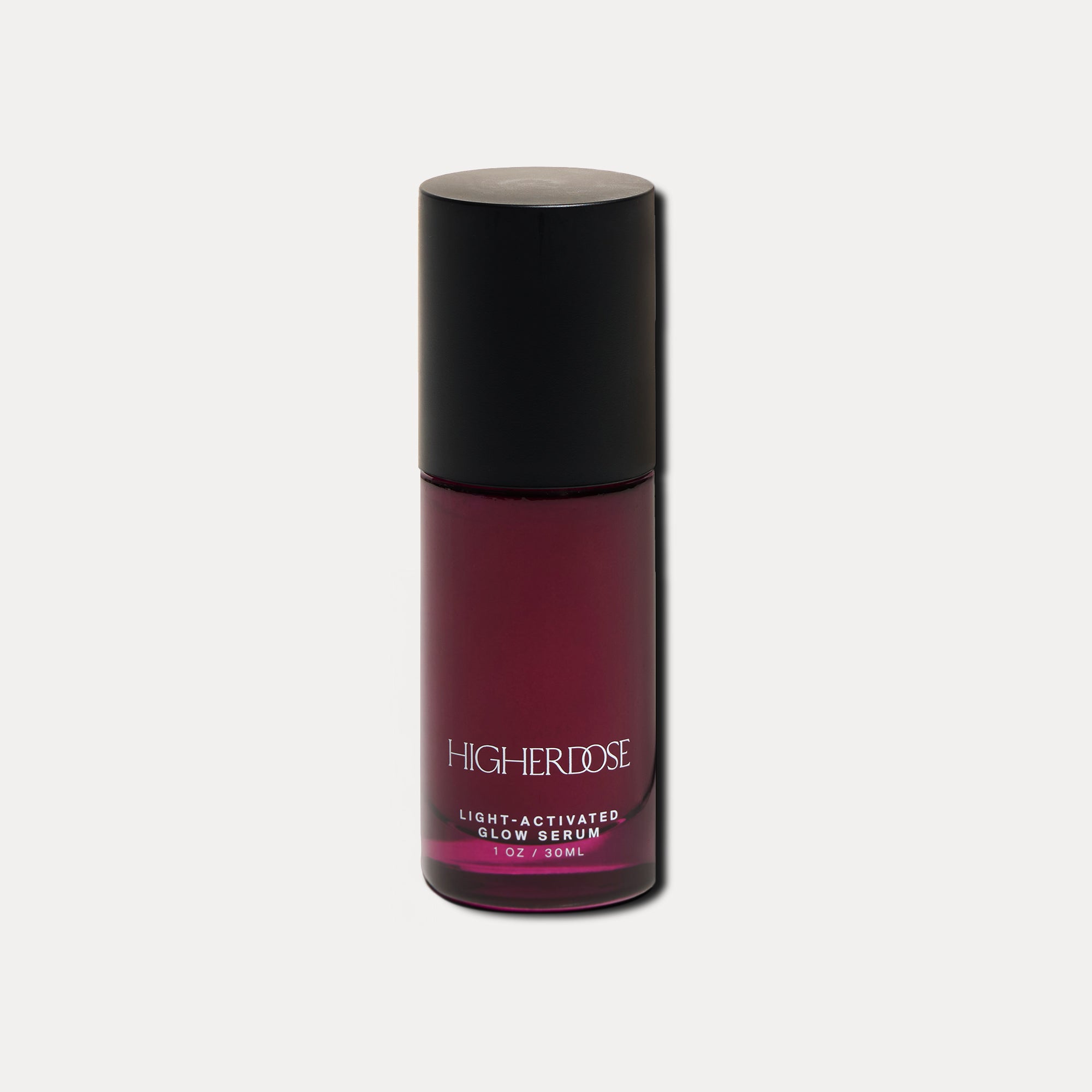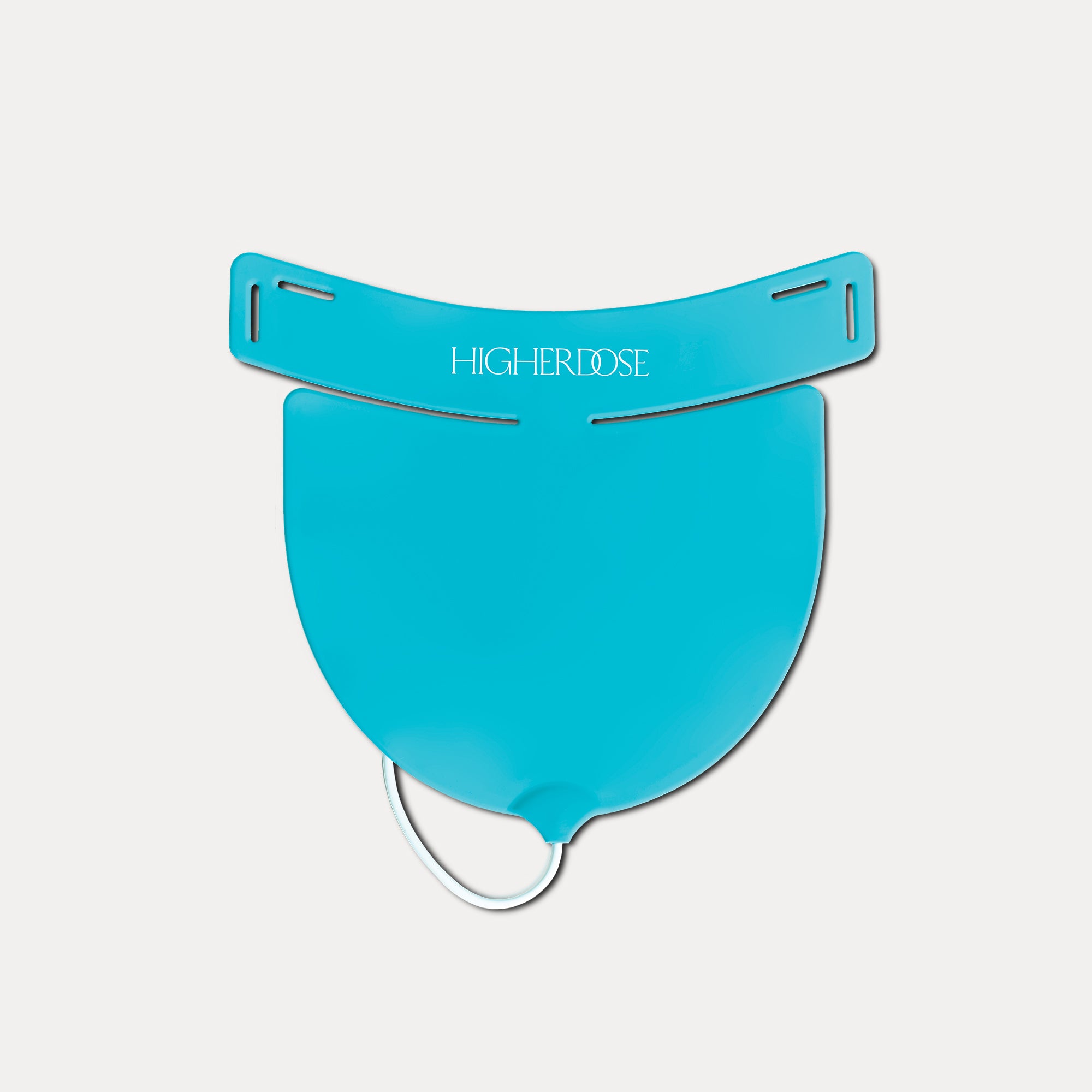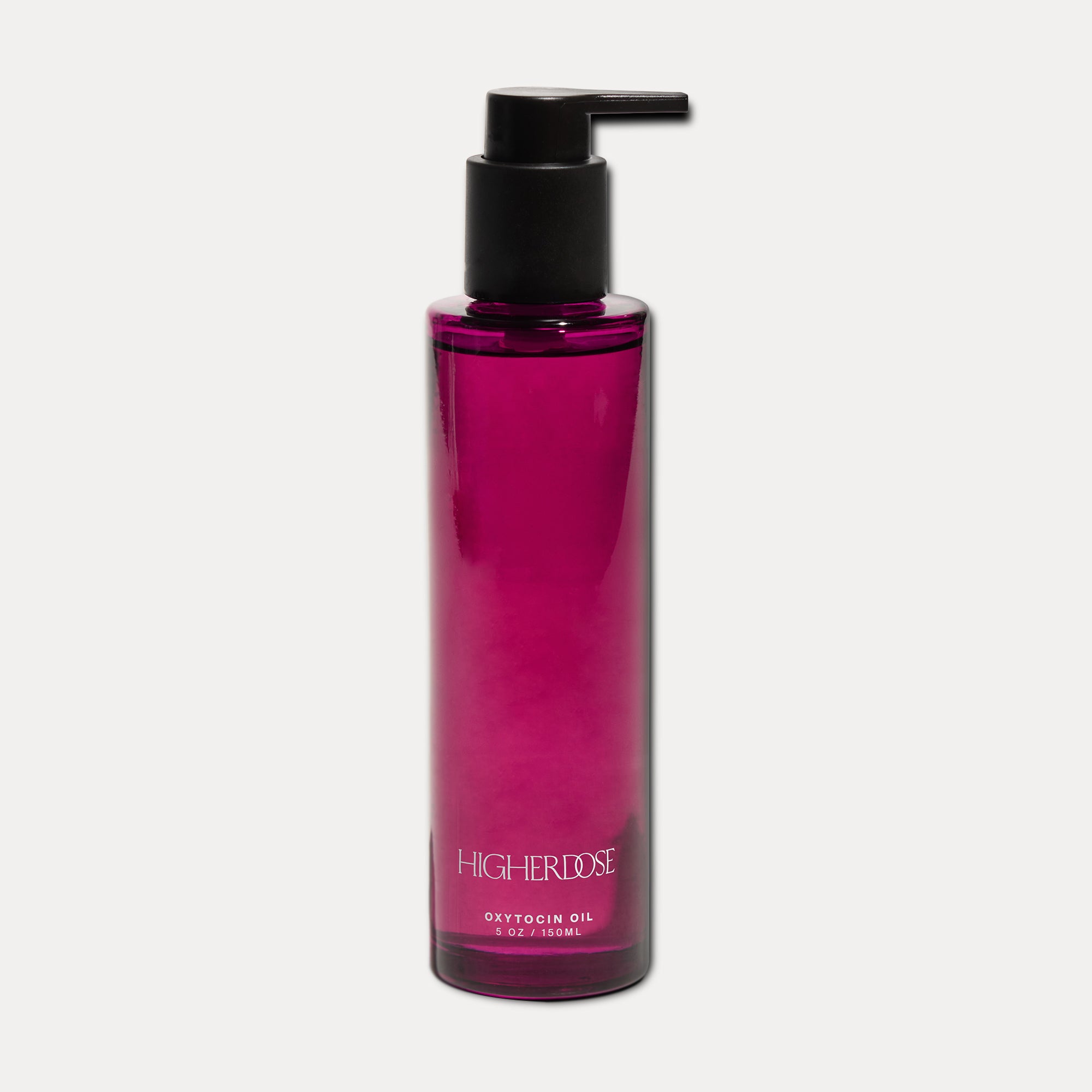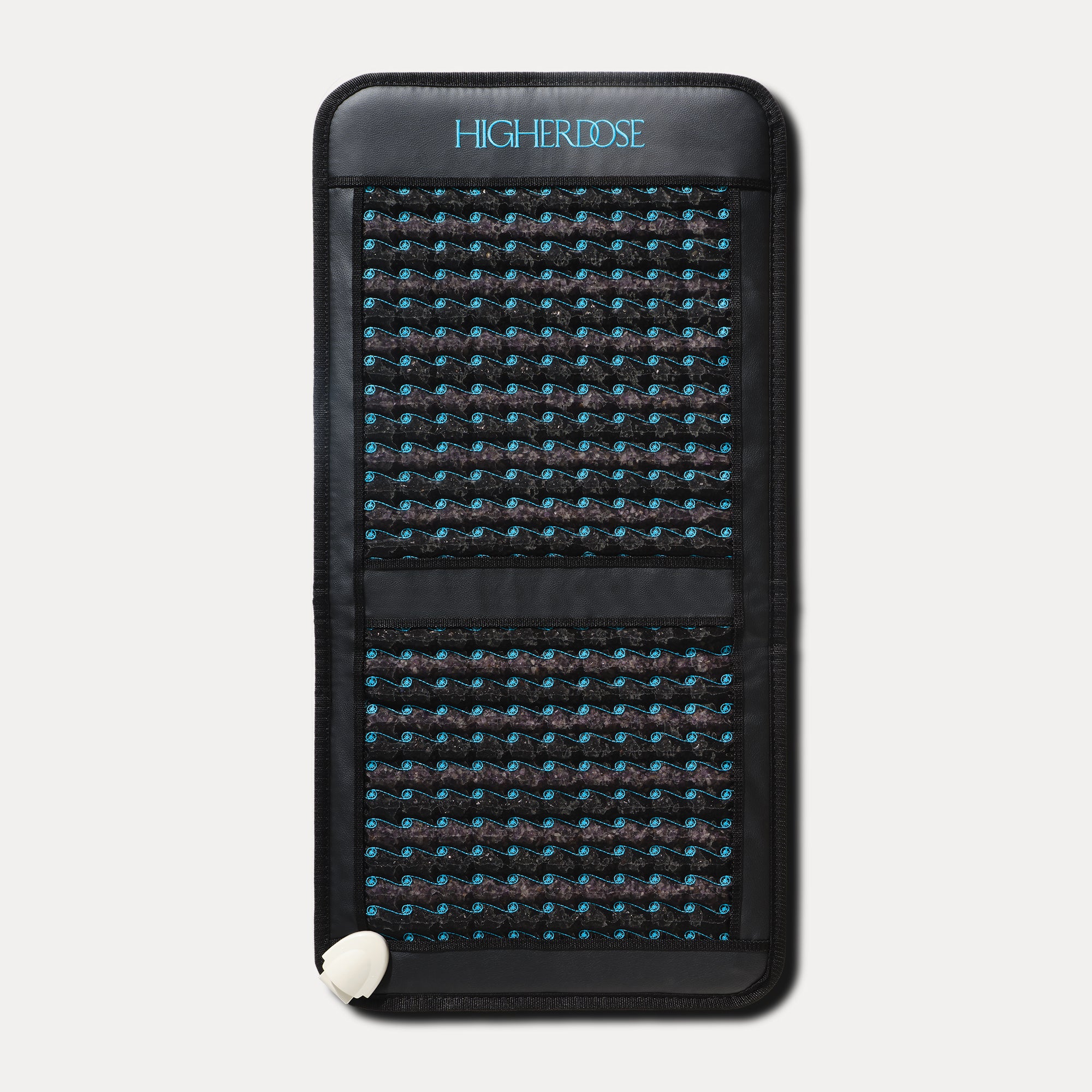
Red Light Therapy for Acne Scars: Does It Really Work?
Few things can leave a mark the way acne can. In fact, this skin condition can be quite distressing, possibly affecting more than just your complexion. Individuals with untreated acne can experience depression, anxiety, and a decreased quality of life. Neither is it reassuring that it affects about 117.4 million people globally—a number that keeps increasing each year. So yes, acne can be pretty sneaky, often evading even the most popular treatments while coming out in droves. And when the skin disease becomes severe, it can cause scarring.
Fortunately, you can ditch acne breakouts for scientific breakthroughs, especially of the illuminating sort. So, if you're ready, let's jump the lights on acne with red light therapy for acne scars.
What are acne scars?
When a pore affected by acne swells up, the inflammation causes the pore's walls to break down. The damage can result in a superficial blemish that may heal quickly. But, the diseased lesion may also infect the surrounding tissues, deepening the scar.
Immediately, fixer-upper cells called fibroblasts create collagen to repair the traumatized skin tissues. So, this should be a good thing. Yet, they can overdo it and produce too many collagen fibers, resulting in raised scars. This is one of the two main forms of acne scars. The second one is the indented acne scar, which happens when you lose tissue. Either way, acne lesions are fairly common, occurring in 20% of individuals who experience the skin disorder. So, to get to the bottom of acne scars, let's dig up how acne happens in the first place.
What causes acne?
Some people can be more acne-prone than others, perhaps because of more prominent pores. Larger pores come from sizeable sebaceous or oil glands, which produce more sebum. This is an oily or waxy substance made up of yellow lipid squalene, wax, cholesterol, and esters or chemical compounds from glycerine. In the right quantities, it's beneficial as a skin and hair emollient. It may also protect skin from light and friction and help transport antioxidants. In addition, it is also antibacterial and anti-inflammatory.
But like many things in excess, the overproduction of lipids can be destructive, leading to blocked pores and skin infections. While it's hard to pinpoint the exact causes of acne, we know that certain factors can trigger or worsen it. These include:
1. Inherent factors
Naturally occurring events or characteristics such as genetics and ethnicity can predispose your skin to excessive oil production. For example, if your grandparents, parents, and siblings have large pores, chances are you'll also have them. Alas, enlarged pores mean more oil production, which causes clogging and can lead to acne.
And if that weren't enough, you may also belong to a more acne-prone race. Studies show that the risk of acne is higher in Black, Hispanic, and Asian women than in Continental Indian or White females.

2. Exposure to comedogenic ingredients
You may also be using personal care products that contain pore-clogging oily substances. This can lead to comedones, non-inflammatory flesh-colored bumps that form close to the skin. When dead skin cells and oil block your pores, they can close over, which results in whiteheads. Or your pores can remain open, leading to blackheads. Some likely comedogenic components are lanolin, cocoa butter, and palm oil.
3. Bacteria
Sometimes, your facial creams and body lotions aren't fully to blame. Your skin can also get exposed to bacteria that enter through scrapes, punctures, burns, or bites. The microbes then join forces with oil, dirt, and dead skin cells to fill up your pores, inducing swelling and inflammation and giving rise to acne.
4. Age
Sebaceous activity typically increases in mid-childhood and peaks in the late teenage years as you mature. For women, this tapers off after menopause and plateaus when they hit their 70s. In men, sebum levels remain relatively unchanged from young adulthood until they reach their 80s.
While oil glands stabilize and become less active with age, older adult males in their 20s and 30s can still get acne breakouts. This can be due to sebaceous hyperplasia, an overgrowth of lipid-producing cells common with age.

5. Hormonal changes
High androgen levels significantly increase the skin's oil production. This sex hormone helps steer growth and reproduction in males and females. While it naturally rises and then drops after a certain age, it may enhance follicular hyperkeratosis, the buildup of keratin around hair follicles. Although keratin as a fibrous protein supports the hair, skin, and nails, too much can clog your pores and lead to acne. In addition, androgen receptors are already present in the hair follicles, where they can initiate early acne lesions.
Other hormones may also play some role in acne formation. For instance, high progesterone and estrogen levels may reduce sebaceous activity and decrease gland size, respectively. Thus, fluctuations of these sex hormones during the menstrual cycle may be responsible for premenstrual flare-ups.
Common treatments for acne
Acne treatments have been around for a while now. King Tut himself, an Egyptian pharaoh in the 1300s who was said to have acne scars, had acne medications in his tomb. Today, there are a variety of solutions to combat or manage the skin disorder, from topicals to more aggressive procedures like chemical peels.
However, it would be wise to check their side effects or disadvantages. For instance, your physician may recommend topical acne products that pair up salicylic acid or benzoyl peroxide for more severe acne. But this can dry and irritate your skin. Salicylic acid can even cause hives and itching. Also, pregnant women will want to avoid anti-acne oral treatments with isotretinoin and tetracycline, which can lead to congenital disabilities.
Pimple or comedone extractions may be able to clear out those flesh-colored bumps, but you'll need to ensure that your therapist, preferably a dermatologist, is highly qualified to do the job. Otherwise, your zits may double down after your procedure. And what of chemical peels? They are abrasive (ergo, uncomfortable) and can also damage the skin, exposing you to the risk of scarring, infection, and hyperpigmentation.

Red light therapy for acne scars
Thanks to the wonders of science and technology, there is an alternative to traditional skin treatments that’s non-invasive and more natural. It can also be safer for pregnant women! This is none other than red light therapy for acne scars.
So, what is it all about? Does red light therapy even work on acne scars? First, let's talk about how this highly effective cutting-edge treatment came to be. It all began when the Danish physician Dr. Finsen discovered the power of light therapy in treating tuberculosis. Later on, Albert Einstein laid the theory for "light amplification by the stimulated emission of radiation," which is what "LASER" means.” The idea was actualized by the physicist Theodore Maiman who invented the first laser in 1960. Light could now be channeled into a focused beam of energy.
But it was NASA who may have popularized red light therapy. They found out that red and blue light were the most efficient wavelengths that could fuel photosynthesis in plants. At the same time, they discovered that the lighting made their wounds heal faster than expected. Today, through succeeding experiments, the use of red light has expanded to treat various conditions, from muscle and joint injuries to eye ailments like glaucoma. And behold, red light therapy is now a common treatment for acne scars, inflammation, and other skin disorders.
Red light therapy for acne scars: How does it work?
More and more people are discovering the potential of red light therapy for acne scars. Red light is different from other types of visible light in the electromagnetic spectrum because of its low-level but longer wavelengths. In contrast, blue and purple lights have shorter waves, vibrate at higher energies, and can damage DNA. Thus, with lower frequencies, red light is not just safe for humans; its penetrating wavelengths can reach deep down to the cellular level. The mitochondria or the "power generators" of cells can then absorb its energy, which it uses to self-repair and regenerate. So, let's count the ways that red light therapy can be highly beneficial for your skin:
1. It helps form new collagen.
The body's ability to create collagen decreases with age. Fortunately, red light therapy can boost fibroblast production, which can make more collagen to heal acne lesions.
2. It activates DNA repair mechanisms.
While sunlight does not cause acne, it can worsen it. Scientific evidence shows that red light therapy prevents UV-induced skin damage by stimulating special proteins called ATF2 (Activating Transcription Factor-2) that reduce the risk of cellular injury, repair DNA, and protect cell survival.

3. It enhances blood circulation.
Red light therapy can also improve blood flow and make the delivery of oxygen and essential nutrients to different body parts more efficient. This enables the various cells to receive the nourishment they need to perform rejuvenating functions, such as replacing tissues lost from acne scar formation.
4. It fights inflammation.
Red light therapy can also trigger the release of cytokines, small proteins that are crucial in coordinating immune responses. By combating inflammation, these molecules prevent the breakdown of our pores' walls as a result of acne.
5. It effectively clears out acne.
In one research, patients went through photodynamic therapy (PDT). This was combined with a treatment of aminolevulinic acid (ALA). The outcome was impressive: a ≥90% acne clearance in one month!
6. It reduces acne lesions.
Red light therapy was also demonstrated to work effectively for acne scars in patients with mild to moderate cases. After only 12 sessions, there was a dramatic decrease in the number of lesions without any complications.
A different kind of "clear" with HigherDOSE
Not all red light therapies can deliver. But with at-home devices from HigherDOSE, you’re sure to get glowing results! For instance, our Red Light Face Mask combines red and near-infrared LED technologies. These mimic low-level rejuvenating wavelengths in natural sunlight—but without any of the damage from heat or UV rays! The effect instantly relaxes, boosting your mood for that refreshed and invigorated feeling. On top of that, the mask's carefully thought-out cordless design has your busy lifestyle in mind, with an extra head strap and functional eye holes so you can keep going.
Enhance that "moment of clarity" by using the HigherDOSE Glow Serum, with an innovative heat- and light-activated formula that boosts the anti-acne benefits of the HigherDOSE Red Light Face Mask. Used alone, its nourishing blend of bio-nutrients & hyper-clean ingredients can deliver powerful on-the-go hydration. So get ready to be in the clear, only with HigherDOSE. Check out our shop today!
